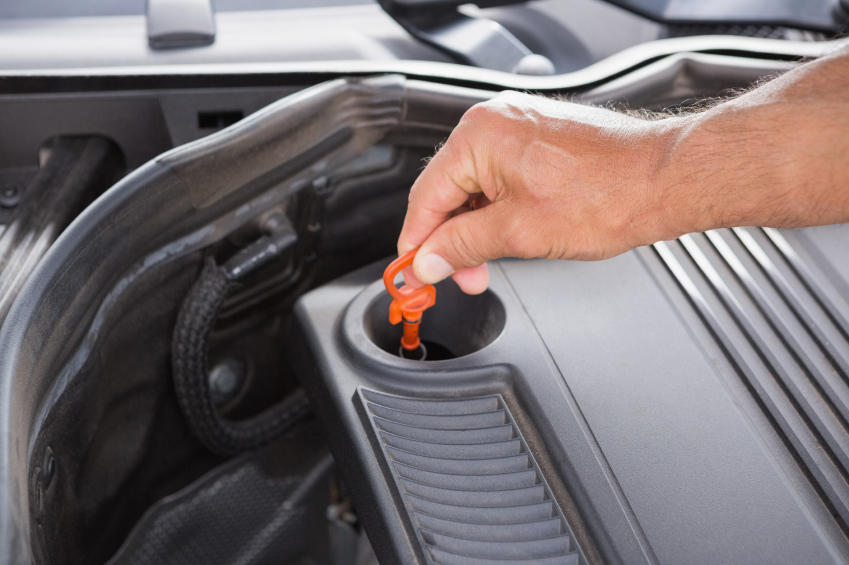
|
One way to make sure your drivers reach their destinations safely is to make sure that their vehicles are safe. So, before they hit the road, make sure they hit the garage! Check out a vehicle’s safety with the tips below.
An Unsafe Vehicle
A poorly maintained vehicle won’t get you where you’re going safely, so the first thing to address before you hit the road is whether your car (or truck, or bus, or van) is up to date on its maintenance and in good working order.
Some vehicle-related factors that can contribute to unsafe driving conditions include:
- Bad tires. A tire that’s bald or damaged may blow out at highway speed or fail to grip the road surface in bad weather.
- Bad brakes. Brakes that are too worn, too “soft” or malfunctioning, may not stop you when you need them.
- Poor visibility. A car’s windows and mirrors let you see what’s going on outside your vehicle both in front and behind. This is an essential safety feature we often take for granted.
Think you have no time to train? Think again. BLR’s 7-Minute Safety Trainer helps you fulfill key OSHA-required training tasks in as little as 7 minutes. Try it at no cost and see!
- Loose steering. Obviously, unresponsive steering could land you in a tight spot.
- Lights out. Headlights make the road visible to the driver; headlights and taillights make the vehicle visible to other drivers. Turn signals indicate what you’re about to do. When the lights are out, the car is much less safe.
Pretrip Inspection
No matter what type of vehicle your workers drive, it is important for them to conduct a pretrip inspection. They should make sure the basic safety equipment is in good operating condition. The items to be inspected will vary depending on the type of vehicle.
Passenger vehicles. Some basic items to check before operating the average passenger car, van, or truck, might include:
- Horn
- Lights
- Turn signals
- Windshield wipers and washer fluid
- Clean windows, mirrors, lights
- Service brakes
- Parking brakes
- Tire tread and air pressure
- Leaks of oil or other fluid under the vehicle
Effective, 7-minute sessions providing comprehensive safety training at an average cost of $1 a day. Get the details.
Commercial motor vehicles. Commercial motor vehicles (CMVs) require a more in-depth inspection.
The driver must satisfy himself or herself that the vehicle is in good working condition before driving it. The Department of Transportation (DOT) does not require the pretrip inspection to be done in writing. A thorough check would include all these elements:
- Service brakes, including trailer brake connections
- Parking (hand) brakes
- Steering mechanism
- Lighting devices and reflectors
- Tires
- Horn
- Windshield wipers
- Rear-vision mirrors
- Coupling devices
- Wheels and rims
- Emergency equipment
The commercial vehicle driver must complete a written inspection at the end of each workday that includes these items. The report must include a space for the signature of the driver who prepared the report, a space for a mechanic’s signature indicating that any defects or deficiencies have been corrected, and a space for the driver to sign acknowledging that corrective actions have been completed.
If anything is found to be damaged or nonfunctional, make sure workers hit the garage before they hit the road.
Tomorrow, we’ll talk about something else drivers should hit before they hit the road; they should hit the books.
